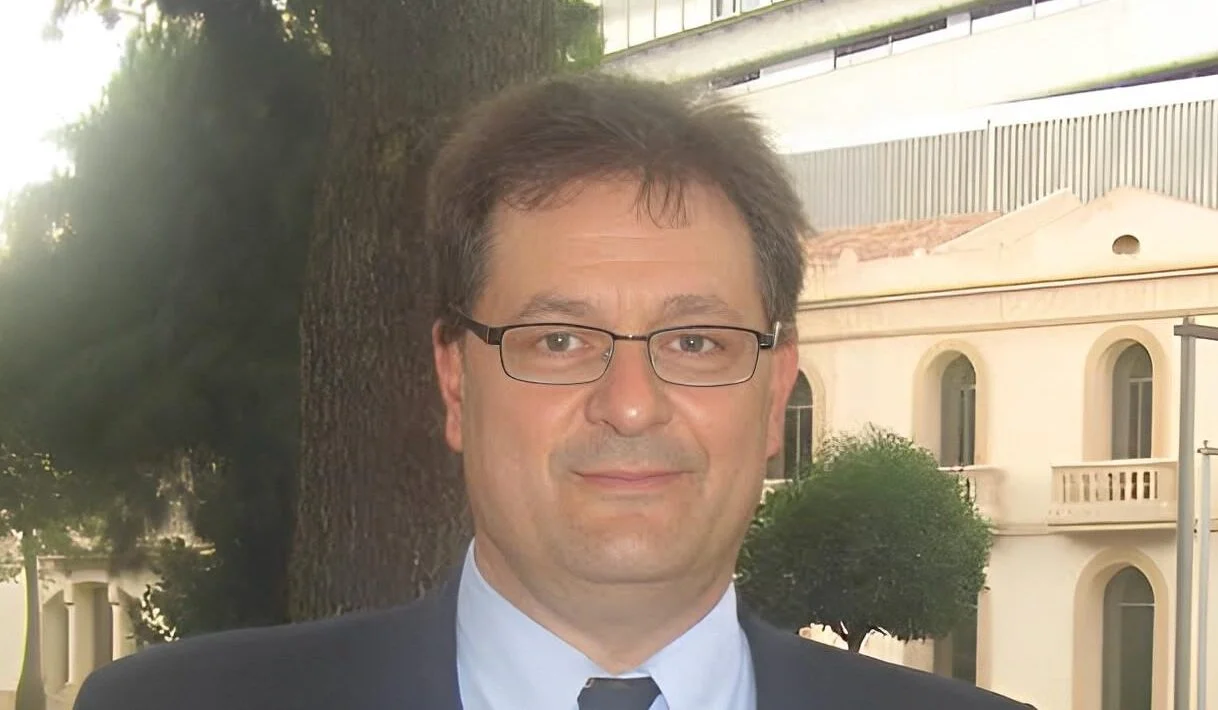Miguel Bronchud, Co-Founder of Regenerative Medicine Solutions, posted on LinkedIn:
“Rare Cancers in Special Situations can also be treated with targeted oral therapies.
Tenosynovial “giant cell tumors” are rare and often non malignant but can be also aggressive and incurable- the FDA has just approved a Targeted Therapy for adult patients with symptomatic tenosynovial giant cell tumour (TGCT) for which surgical resection will potentially cause worsening functional limitation or severe morbidity.
(TGCT) is a group of often benign lesions arising from the synovium of joints, bursae and tendon sheaths.
Depending on their growth pattern and clinical course, they are divided into “localized and diffuse types”. It is thought to be predominantly caused by a mutation in the stromal cells of the synovial membrane, leading to overexpression of the colony stimulating factor 1 that recruits CSF1R-expressing cells of the mononuclear phagocyte lineage into the tumor mass.
The lesions contain mainly histiocyte-like and synovial cells accompanied by varying numbers of multinucleated giant cells, mononuclear cells, foam cells, inflammatory cells and hemosiderin deposits.
At present this rare tumor (TGCT) comprises at least two clinical types: a nodular- and a diffuse-type, with the former exhibiting mostly indolent course and the latter a locally aggressive behavior. Although usually not life-threatening, TGCT may cause chronic pain and adversely impact function and quality of life (QoL).
CSFR1 inhibitors are effective with benefit on symptoms and QoL but are not available in most countries. The degree of uncertainty in selecting the most appropriate therapy and the lack of universal guidelines on the clinical management of TGCT make the adoption of new treatments inconsistent across the world, with suboptimal outcomes for patients.
The worldwide rate of localized tenosynovial giant cell tumors is 10 cases per million. For diffuse or widespread tenosynovial giant cell tumors, this is 4 per million. They tend to affect those between the ages of 25 and 50 years. But young children and older people can get it as well.
These tumors affect the following areas of your joints:
- Synovium. This is a thin layer of membrane or tissue that lines the inside of your joints.
- Bursae. These are small sacs of fluid that cushion the moving parts around your joints. These parts include bones, muscles, and tendons.
- Tendon sheath. This is a layer of tissue that surrounds your tendons. Tendons are the connective tissue that connects your muscles to your bones.
Efficacy of the new targeted therapy was evaluated in MOTION (NCT05059262), a double-blind, multicentre, randomised (2:1), placebo-controlled study conducted in patients with TGCT for whom surgical resection may cause worsening functional limitation or severe morbidity.”
